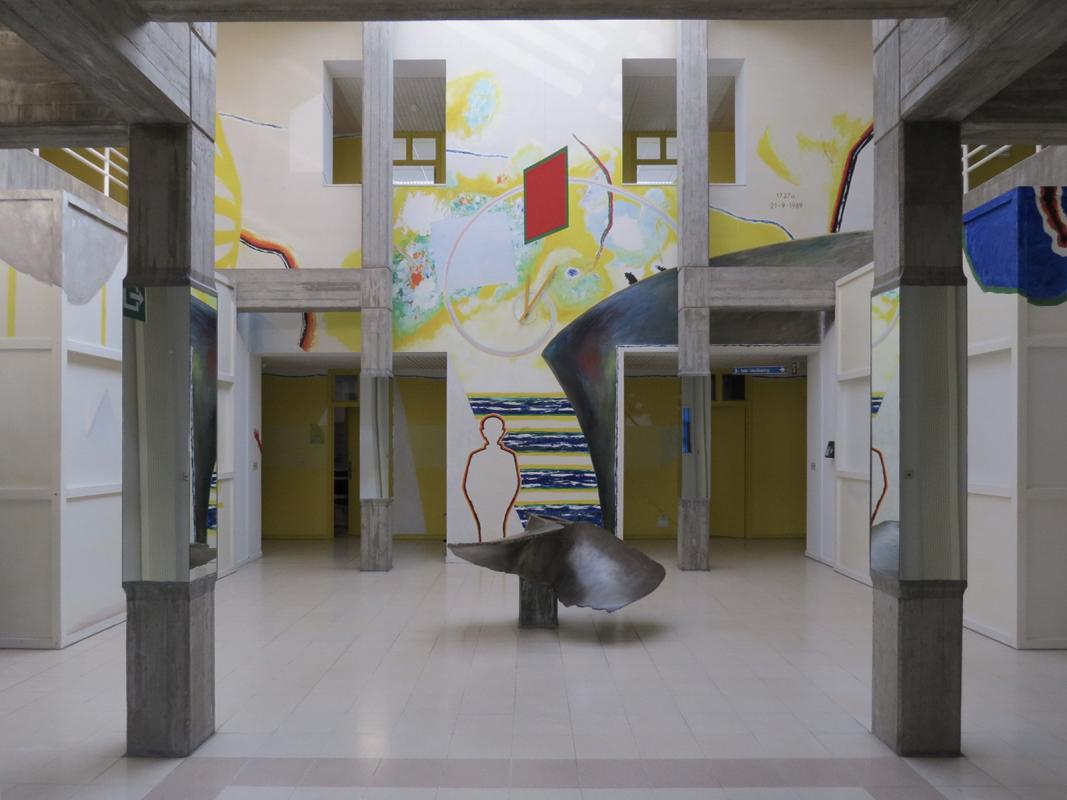This interview took place during the e-flux conversation series Practice at Milano Arch Week 2018.
Overgrowth is a collaboration between e-flux Architecture and the Oslo Architecture Triennale within the context of its 2019 edition.
© 2019 e-flux and the author
